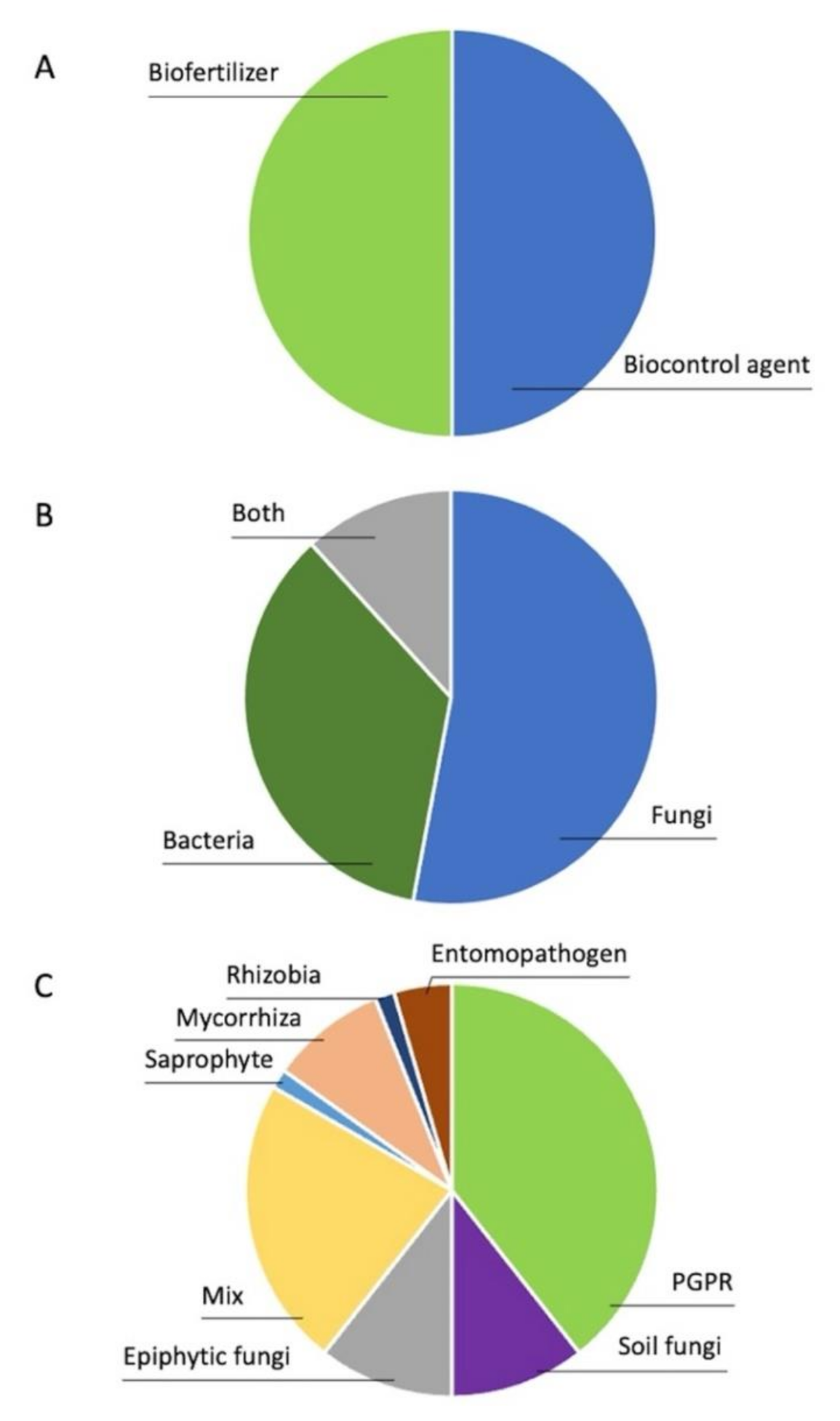

One strategy to improve biological control by resident natural enemies is enhancing habitat diversity through the provision of semi-natural vegetation in or around agricultural fields 8, 9, 10. In this context, there is a strong need to promote farming practices that harmonize agricultural production with the conservation and sustainable use of biodiversity 5, 6.īiological pest control by natural enemies has thus become an important component for sustainable crop production 7. As a consequence, farming systems have become increasingly reliant on synthetic inputs, which in turn exacerbate the negative effects of intensified agriculture on the environment and biodiversity conservation 4. These changes in land-use patterns not only directly affect the diversity and composition of arthropod species 2, but also potentially reduce the delivery of essential ecosystem services such as biological pest control 3. Intensive agricultural practices simplify the landscape by decreasing crop species diversity and transforming natural habitats into more agricultural land.
#Biocontrol agents examples drivers
Our results indicate that landscape composition influence the effectiveness of augmentative biocontrol by modulating interactions between the introduced predators and the local enemy community.Īgricultural intensification is one of the main drivers of biodiversity loss and landscape simplification 1.

Results from the lab experiment further suggested that landscape simplification can lead to greater interference among predators, causing a decrease in predator foraging efficiency.

By contrast, predator releases in simple landscapes had a negative effect on pest control, increasing plant damage and reducing crop biomass. In complex landscapes, with less cropland area, predator augmentation increased predation rates, reduced pest abundance and plant damage, and increased crop biomass. We show for the first time that the effectiveness of predator augmentation is landscape-dependent. By combining field and lab experiments, we evaluated how landscape composition influenced the effectiveness of predator augmentation, and the consequences on pest abundance, plant damage, and crop biomass. However, it remains unknown whether the effectiveness of augmentative biocontrol varies along gradients of landscape composition, and how the interactions with resident enemies may modulate the collective impact on pest suppression. Among biological control approaches, natural enemy augmentation is an effective alternative when naturally occurring enemies are not sufficiently abundant or effective. Biological pest control by natural enemies is an important component of sustainable crop production.


 0 kommentar(er)
0 kommentar(er)
